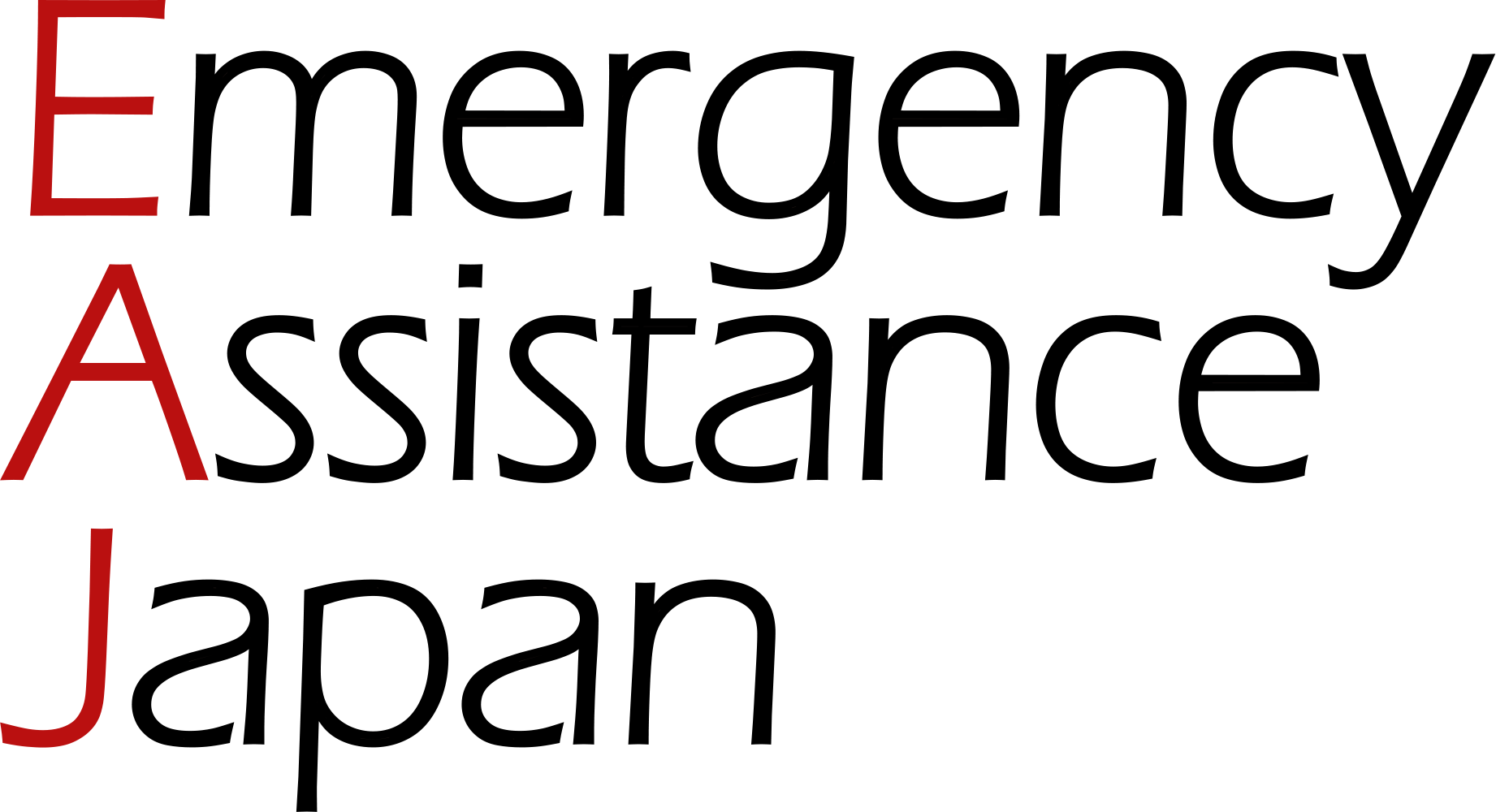Treatment(BNCT)
- HOME
- Cancer(Treatment)
- Treatment(BNCT)
- 【The story of coordinator】Case Study “BNCT treatment of children suffering glioblastoma.” Accompanying a 7-year-old boy and his family member
【The story of coordinator】Case Study “BNCT treatment of children suffering glioblastoma.” Accompanying a 7-year-old boy and his family member
23.10.17
Until a 7-year-old boy came to Japan to receive BNCT treatment
This patient, a resident of the Europe-Asia region, underwent surgical resection of the tumor followed by chemotherapy in Germany, and one month after treatment, the residual tumor was found to be active. He came to Japan to explore the possibility of treatment in Japan, visited a well-known pediatric hospital and a brain hospital, and returned to his home country with the medical opinion that “the current chemotherapy is the appropriate treatment.” However, her mother had been researching hard to find out if there was any other treatment option available, and came to EAJ for advice as to whether BNCT (Boron Neutron Capture Therapy) might be applicable to glioblastoma. Since BNCT treatment was not generally available at that time, I consulted with a professor at the Institute of Medical Science of the University of Tokyo, who told me that Osaka Medical College was conducting clinical research on BNCT using nuclear reactor of the Kyoto University. I contacted them immediately and then I received their response by return stating that “There is a possibility of treatment, so let’s come for an examination and talk with the family first. Please come next week.” I hurriedly arranged for the patient to come to Japan, and then went to Osaka accompanying the patient to seek medical attention.
What is BNCT?
I remember that the explanation about BNCT that the doctor gave to the mother during the examination was very easy to understand, and I, who was accompanying her, was able to translate it smoothly. The doctor said “Unlike surgery or other radiation therapies, BNCT is able to kill only cancer cells, even in the case of mixed cancer types where normal cells and cancer cells are mixed together. BNCT works by first injecting the body with an intravenous drip of a boron drug that has the property of accumulating in cancer cells. This drug only penetrates cancer cells. If the affected area is then irradiated with neutrons, a reaction occurs between the neutrons and the drug, producing radiation just about the size of a cell. This is radiation that destroys cancer cells, but at a distance that does not reach neighboring normal cells.” and then, drew a picture on a paper.
After that examination, no recurrence was found at that point, so the patient returned to his home country. Six months later, a recurrence was detected at a German hospital where he was being monitored while continuing chemotherapy, and the decision was made to consider BNCT again. However, a special test called BPA-PET was required to make a final decision on the application of BNCT, which was not available in the area where the patient lived. As the periodic shutdown of the reactor was imminent, the patient had to come to Japan hurriedly again.
Finally, the day of irradiation arrived.
A BPA-PET scan in Kyoto confirmed the recurrence and BNCT was decided to be applied. At the time, BNCT used neutron beams produced by the nuclear reactor at Kyoto University, so patients had to enter the reactor alone, lie on a treatment bed, and keep a stationary, motionless posture for 30 minutes. How could a child of only 7 years old enter and stay still in a huge apparatus alone in a foreign country? The doctors and others involved were very worried. As an interpreter, I repeatedly explained to the child patient, “You may feel alone and uncomfortable, but this is for the treatment of your illness, so you must not move for 30 minutes.” Remarkably, the boy completed the treatment lying still at all for 30 minutes, far exceeding the expectations of the doctors and technicians. We were informed that, thanks in part to the iron spirit to never give up, the patient made good progress and was able to return to school, but unfortunately, we were informed that his glioblastoma relapsed again a few years later and he passed away.
Based on these early cases, various attempts to improve the effectiveness of treatment are continuing. At that time, only a limited number of brain tumors were eligible for this treatment, but now the scope of treatment has expanded to include skin cancer and head and neck cancer, and the number of medical institutions offering this service has also increased. We hope that more cancer patients will be helped by this minimally invasive treatment that does not destroy normal cells.
(This is a re-edited version of the coordinator’s story in 2012.)
